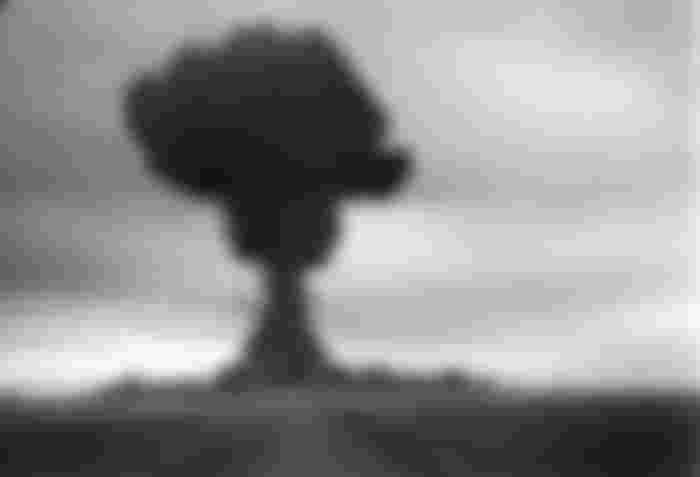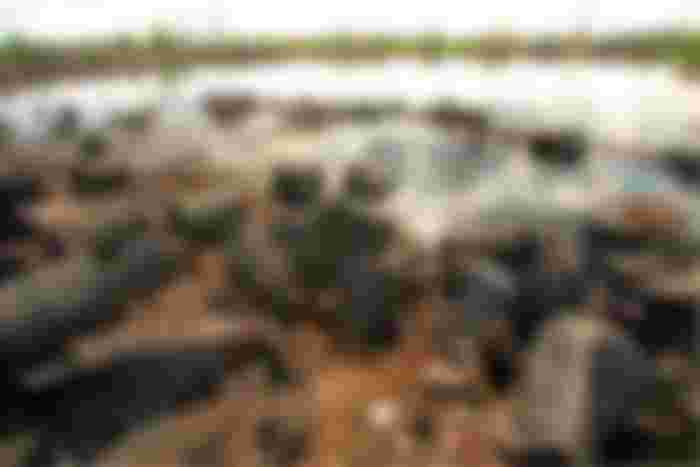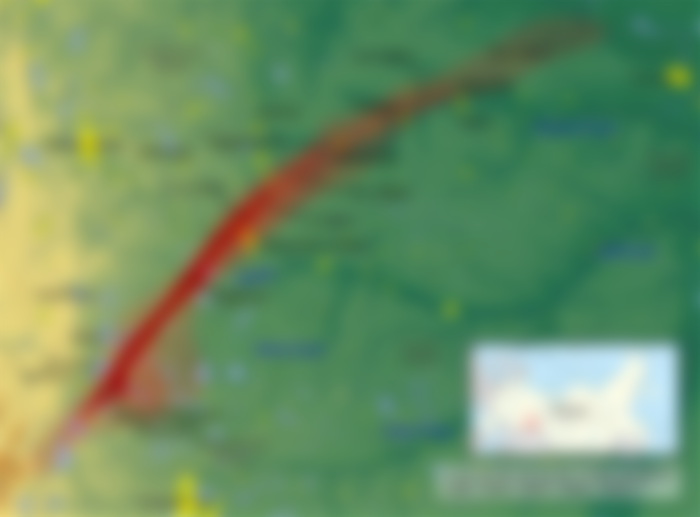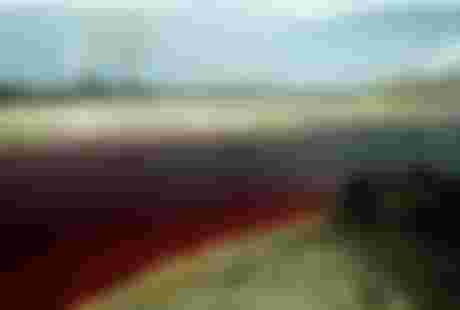Central Russia, 1957
Villagers near the southern Ural mountains were terrified! In the middle of the night men claiming to be from the government had appeared out of nowhere. People were ordered to leave their homes, while the men went to work burning the crops and shooting all of the livestock. The villagers were shocked and confused, what was going on?
They were being forced away, but they soon realized that it wasn't just their village, every village in the area was being emptied and burned, and some people looked ill. All they were told was that there had been an outbreak of a special disease, and everyone needed to leave.
The source of the disease was a mystery, was it the river, the lake, or the strange lights people saw not long ago in the sky? What had led up to this event?
Twelve years before, the United States dropped two nuclear bombs on Japan and ended the second world war. Although this was a victory, the Soviet Union felt threatened by the American nuclear weapons program. After learning about the bombings of Hiroshima and Nagasaki, Joseph Stalin decides to accelerate the Soviet nuclear program, as the Soviet Union cannot fall behind other powers.
The secret location where this was to be done, was east of the Ural mountains, where they build their first ever plutonium plant, called Mayak. From 1945 to 1948, 70.000 gulag inmates were forced into constructing this nuclear facility. Seven nuclear reactors were eventually built along the southern shore of lake Kyzyltash.
After construction, the plant immediately began processing and weaponizing plutonium, with their first bomb called First Lightning being detonated in 1949. After the successful development of their first bomb, the plant wanted to speed up development and needed a city to be constructed in the area, where all the scientists and workers could live with their families, this city became Chelyabinsk-40.
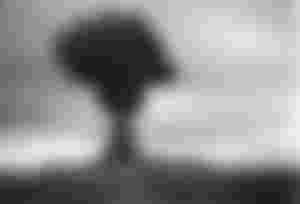
The city was surrounded by walls and barbed wire, with guarded gates checking everyone that came in and out of the city. Residents weren't even allowed to make contact with the outside world! For decades this closed city of 100.000 people did not appear on any maps and the identities of the people that lived there were erased from official records. The people that were ordered to relocate here, were considered missing by their relatives, and if anyone refused to work at the Mayak plant, they would be sent to a gulag and executed, as by this point they would have already been exposed to state secrets.
City-40 was one of 44 closed cities that existed in the Soviet Union, probably the most prominent and important of them all. Surprisingly though the Soviets didn't come up with the idea of closed cities, the idea was actually stolen from the United States, when Stalin's spies intercepted plans for the Hanford nuclear plant, which the secret city of Richland Washington was built around.
The Hanford plant had manufactured the plutonium for the bomb that was dropped on Nagasaki, and it wasn't just the idea of closed cities that the spies stole from there. Much of the nuclear research and knowledge was gained directly from Soviet spy rings working in the Manhattan project. As a result there were massive gaps in the knowledge of Soviet scientists when it came to developing nuclear weapons. This was extremely dangerous when it came to safety. Environmental concerns were not taken seriously, workers were not protected, people were even handling plutonium with their bare hands, they simply didn't know any better.
The water from lake Kyzyltash and the Techa river were used to cool the reactors to prevent overheating. But there was a problem, the water was circulating directly through the open reactor core and then discharged back into the lake and river. The same lake that children were swimming in, and the same river that people were using for drinking water. Not only did this affect City-40, but also 40 other villages in the area!
But it gets even worse, Mayak had a storage problem.
At first they stored their nuclear waste in underground tanks, but this was inconvenient for them, as the tanks constantly needed to be cooled to prevent overheating. So what did they do? They decided to dump the waste in the bodies of water near the Mayak plant. This increased pollution in the Techa river, which connects to the Ob river and flows directly into the Arctic ocean. The surrounding lakes became toxic reservoirs, with lake Irtyash in particular accumulating so much radioactive waste that it become know as the plutonium lake or the lake of death.

But there is an even deadlier lake, lake Karachay!
Many of the lakes in the surrounding became regular dumping sites, but lake Karachay was heavily used for dumping. The proximity to the plant, combined with its small size and relatively few residents in the area, made it a perfect dumping ground. As a result significantly large amounts of solid, gaseous and liquid radioactive material was constantly released into the lake.

With all this dumping, the people at Mayak started neglecting the underground storage tanks from earlier. Due to the high radioactivity, the waste was heating itself through decay heat, and pressure was building. The cooling system that was in place, was poorly maintained and couldn't keep up.
Fast forward to September 29th, 1957.
The cooling system for the storage tanks failed. A tank containing 80 tons of radioactive waste exploded with an estimated force of up to a 100 tons of TNT. Ninety percent of the waste was deposited in the vicinity of Mayak and City-40, the other 10% formed a radioactive cloud at a height of one kilometer.
The next ten hours saw the cloud drift in a north eastern direction, causing widespread contamination. This event is now known as the Kyshtym disaster, one of the worst nuclear accidents in history. The event was categorized as a level 6 serious accident on the international nuclear events scale, with level 7 being the worst kind of accident. Kyshtym ranks number three in worst nuclear accidents in history, behind Fukushima and Chernobyl.
But in terms of the number of acute radiation sickness, Kyshtym was four times worse than Chernobyl! Due to the secrecy surrounding Mayak, the communities in the nearby affected areas weren't immediately informed of the accident. It wasn't until a week later that people started being evacuated, and only the communities closest to the accident were relocated.
And this brings us back to the beginning, where the affected villagers are ordered from their homes, their villages being burned, all the livestock slaughtered, and because the Mayak facility was a secret, the soldiers couldn't even tell them the truth. The sickness that the soldiers had used as an excuse, was in actuality radiation poisoning!
Twenty three villages were completely burned down, and it took eleven years for all affected residents to be relocated. In total almost half a million people were affected by radiation, and much of the land was left barren and unusable. With Mayak being a secret facility, the Soviet government denied that the catastrophe ever happened out of fear of international condemnation, which is why most people today aren't familiar with the accident.
Lake Karachay in the meantime had absorbed so much radioactivity, that the cesium it had accumulated was 42 times worse than Chernobyl! This makes lake Karachay arguably the most polluted place on Earth. But by the 1960's the lake started to dry up, and in 1967 during a drought the water level dropped even lower. Much of the lake bed became exposed and the Soviets took this as a good sign, they thought the threat was diminishing.

But things were about to get much worse. The previously submerged toxic sediment was now exposed to direct sunlight and started drying out, turning it into deadly radioactive dust. Now all that was needed to create another disaster was wind, but instead of wind they got a violent windstorm. Another half million people were irradiated!
This time the government had enough and piled 10.000 concrete blocks on top of the lake, burying everything under cement.
It wasn't until 1989 that the Soviet government declassified documents relating to the disaster and the world found about all the events at Mayak, the Techa river, lake Karachay, and the secret city of Chelyabinsk-40.
It was later revealed though that the CIA already knew about some of the events that took place at Mayak since 1957, but kept it a secret to not cause concern among people living close to US nuclear facilities.
City-40 finally received legal status in 1994, and was renamed the city of Ozyorsk. It is still heavily restricted and extremely secretive, as it is still a closed city. Today it still has a relatively large population of over 80.000 people, but there are still many problems. The food is radioactive, the water is contaminated, some of the children are sick, and mutations are common. Much of the surrounding nature is still a no go zone, and standing near lake Karachay would give you a lethal dose in one hour! The average life expectancy in the city is only 50 years!

The Mayak facility is still active as a reprocessing site for spent nuclear fuel, and produces tritium and other radioisotopes. Over the years Mayak experienced many other nuclear accidents, the latest one happened in 2017!

Thanks for reading and I hope you enjoyed this story!
